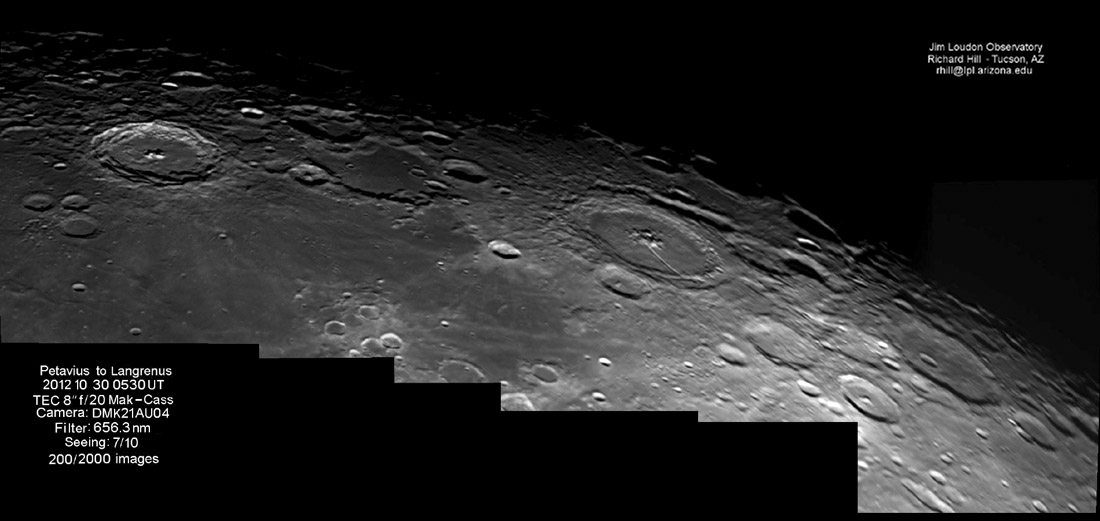Difference between revisions of "December 17, 2012"
| (7 intermediate revisions by the same user not shown) | |||
| Line 1: | Line 1: | ||
__NOTOC__ | __NOTOC__ | ||
=Familiar Foursome= | =Familiar Foursome= | ||
| − | + | <!-- Start of content --> | |
<!-- ws:start:WikiTextHeadingRule:0:<h1> --> | <!-- ws:start:WikiTextHeadingRule:0:<h1> --> | ||
<!-- ws:start:WikiTextLocalImageRule:6:<img src="/file/view/LPOD-Dec17-12.jpg/392813388/LPOD-Dec17-12.jpg" alt="" title="" /> -->[[File:LPOD-Dec17-12.jpg|LPOD-Dec17-12.jpg]]<!-- ws:end:WikiTextLocalImageRule:6 --><br /> | <!-- ws:start:WikiTextLocalImageRule:6:<img src="/file/view/LPOD-Dec17-12.jpg/392813388/LPOD-Dec17-12.jpg" alt="" title="" /> -->[[File:LPOD-Dec17-12.jpg|LPOD-Dec17-12.jpg]]<!-- ws:end:WikiTextLocalImageRule:6 --><br /> | ||
| Line 16: | Line 16: | ||
<br /> | <br /> | ||
<strong>Related Links</strong><br /> | <strong>Related Links</strong><br /> | ||
| − | Rükl plate [ | + | Rükl plate [https://the-moon.us/wiki/R%C3%BCkl_59 59]<br /> |
| − | <em>[ | + | <em>[[21st Century Atlas of the Moon|21st Century Atlas]]</em> charts 3 and 4.<br /> |
<br /> | <br /> | ||
| + | <p><b>Yesterday's LPOD:</b> [[December 16, 2012|Too Faint?]] </p> | ||
| + | <p><b>Tomorrow's LPOD:</b> [[December 18, 2012|Riding Into the Hills]] </p> | ||
<hr /> | <hr /> | ||
| + | {{wiki/ArticleFooter}} | ||
Latest revision as of 08:25, 28 October 2018
Familiar Foursome

image by Rik Hill, Tucson, Arizona
This is a terminator I've seen before. These craters are almost visible with the naked eye, or they were when my eyes were younger! The scene here is dominated by the crater Petavius in the middle, the one with the big rima going from the central peak to the edge. Once I got to use the 61-inch Kuiper Telescope (formerly the Catalina Reflector) visually when this crater was near the terminator one night. The view was staggering. It was amusing recalling how in 1962 I had to look to find this feature with my 2.4" Tasco refractor but with this behemoth I was inspecting details in the rima itself! What a treat.
Below (south) of Petavius is Furnerius. Between these two is Hase B with a strange crater wall on the sunlit side. The terraced walls of Langrenus are well seen here with dozens of secondary craters on the surrounding plain. In the trio of craters north of Langrenus, (Bilharz, Atwood and Naonobu) there's a nice cluster of these secondary craters. Are these from Langrenus or somewhere else?
Between Petavius and Langrenus the area is dominated Vendelinus and a host of younger, smaller craters. One in particular stands out, Petavius B with it's ray system well shown.
Rik Hill
Technical Details
Most of the information about acquiring the image is on the image itself. In processing I use Registax 6 for stacking and image selection then GIMP and IrfanView for adjustments on individual images and finally AutoStitch to make the montage.
Related Links
Rükl plate 59
21st Century Atlas charts 3 and 4.
Yesterday's LPOD: Too Faint?
Tomorrow's LPOD: Riding Into the Hills
COMMENTS?
Register, Log in, and join in the comments.



